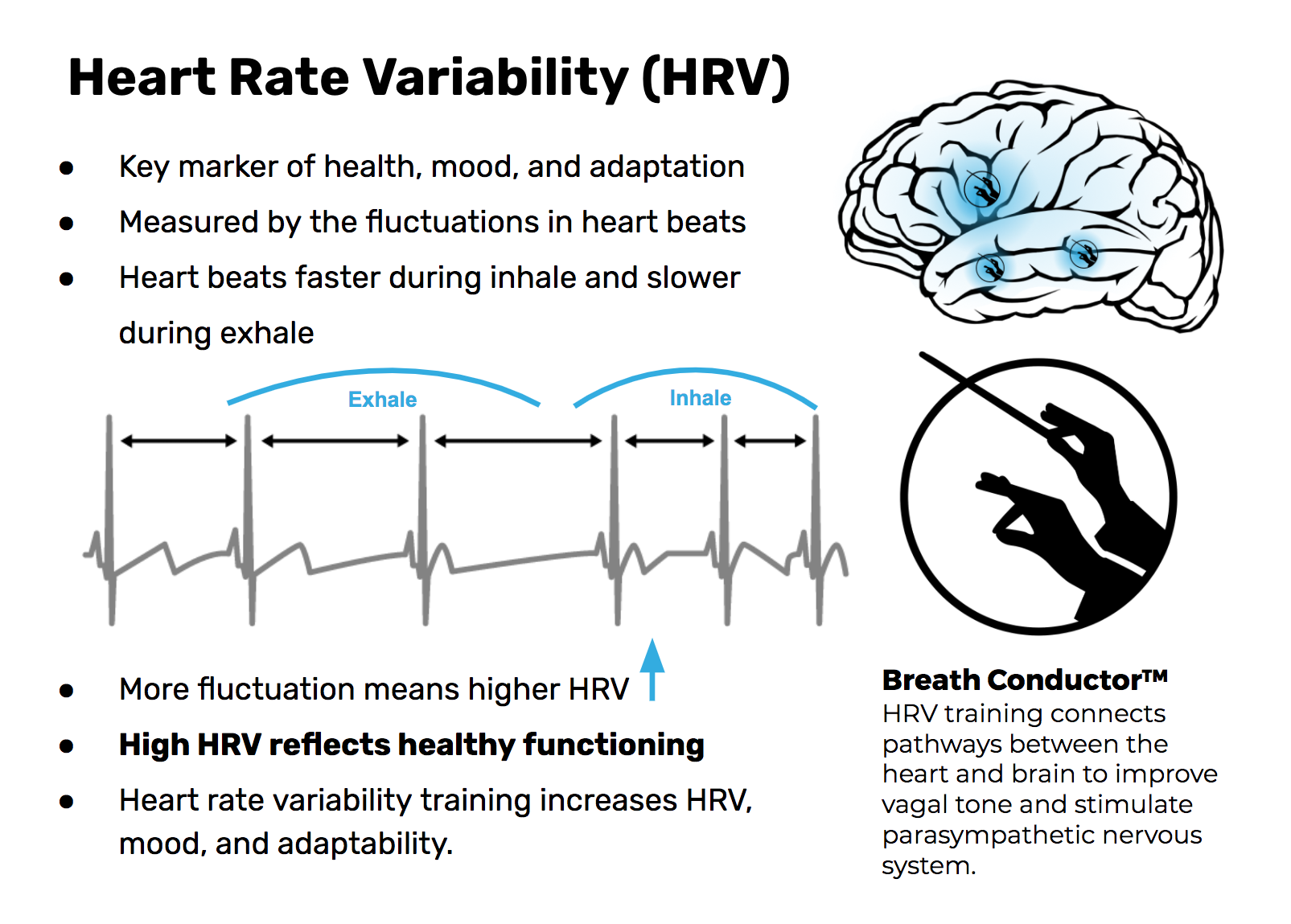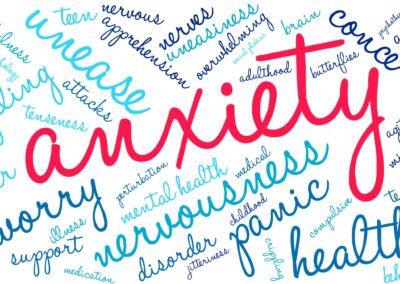Muvik Labs 2022 Technical Report
Anxiety disorders are currently the most prevalent mental health concern facing children and adolescents. These have reached epidemic proportions even in developed nations, yet they remain notably undertreated. 1Anxiety can lead to severe physical and mental impairment, and a number of population-specific factors make these age groups particularly vulnerable to the development of anxiety. Anxiety is also a common issue among adolescents with autism spectrum disorder which can be very challenging and can even have significant effects on their quality of life. Anxiety has become of increasing concern amongst children and adolescents living in areas in which social unrest has become a regular occurrence.
Health experts have devised ways to develop effective mobile stress management systems that will become an integral part of health technologies. Some techniques used to manage stress include cognitive behavioral modification, mood regulation, breathing control such as diaphragmatic breathing, meditation and yoga. There are other techniques for managing stress that may be categorized as non-invasive which involve heart rate variability (HRV) breathing biofeedback.
Heart Rate Variability and Health Heart rate variability, or HRV, has become the latest metric to capture the attention of health/fitness-minded consumers, clinicians and product companies. HRV is, as the name implies, the variability in time between specific intervals (segment) of heart beats. A higher value, particularly while resting, generally correlates with better health. Healthful activities, such as restful sleep and physical activity, environmental factors such as air quality, and psychological contributors such as stress and anxiety, all affect HRV.
Heart Rate Variability and Health
Heart rate variability, or HRV, has become the latest metric to capture the attention of health/fitness-minded consumers, clinicians and product companies. HRV is, as the name implies, the variability in time between specific intervals (segment) of heart beats. A higher value, particularly while resting, generally correlates with better health. Healthful activities, such as restful sleep and physical activity, environmental factors such as air quality, and psychological contributors such as stress and anxiety, all affect HRV.

There are different HRV values for specific age and demographic groups. A lower than expected value may be indicative of an underlying health condition and is a cause for concern. Research has established a relationship between low HRV and adverse chronic psychological stress, as well as a relationship between chronic stress and physical and mental health. This affirms the importance of regulating stress levels not only for people who work under high stress conditions but also for routine daily stress whose accrual may have serious consequences.
HRV assessment at rest has been proven to be a biomarker for stress resistance, emotions, prefrontal cortical activation and general mental and cardiac health. So, HRV has been proven by research to be related to emotions and it has been observed that people who suffer stress or anxiety disorders reportedly have low HRV values. HRV biofeedback has proven to be effective in relieving stress symptoms. Similarly, HRV—most especially respiration-related HRV—has been established as the most precise bio marker for autonomous nervous system activation.
Precision Respiration and HRV
While the above factors may seem challenging to control, BreathConductor™ by Muvik Labs provides a highly effective, novel and innovative technology to increase heart rate variability. Featuring Muvik AI’s Augmented Sound™ non-verbal musical guidance, BreathConductor™ is a Precision Respiration product that actually improves HRV. Augmented Sound™ is psychoacoustics-based adaptive sound which fosters musical communication and allows for maximum meaningful personalization that is configurable by health professional or data-driven automation.

Research by Borthakur (McMaster University), Grace (Stanford University), Batchelor, (Muvik), Anderson (University of Toronto) and Marentakis (Østfold University College) reported breathing entrainment as one of the most effective ways to reduce stress. A series of experiments were designed to evaluate the effectiveness of the BreathConductor™ breathing system configurations. The effectiveness of the system in terms of respiration modulation and HRV increment was evaluated. The complex relationship between the sympathetic and parasympathetic nervous system was observed through analysis of heart rate variability metrics.
The study affirmed HRV as an objective measure of stress. The changes associated with heart rate variability in both slow and fast breathing guided by music and synthesized respiratory sound stimuli were investigated. The results indicated that BreathConductor™ was capable of inducing slow breathing effects with music without the addition of verbal or text instruction.
Expanded BreathConductor™ Studies
This has led to other studies with Muvik AI in which the BreathConductor™ audio-visual stimuli was applied to specific populations. BreathConductor™ was configured to produce the state-of the art breathing stimuli through interventions that have been research proven and compliant with the principles of psychoacoustics and behavioral psychology. A successful randomized control pilot study in conjunction with the Middle East Children’s Institute (MECI) was conducted with refugee children. Over the past several decades, children in the Levant region of the Middle East have continuously been exposed to war, political violence, trauma, and displacement. 2 Thus, these children have become at high risk for anxiety symptoms. The pilot study revealed that participants in the paced breathing intervention group reported fewer anxiety symptoms than participants in the control group that were statistically significant.
Muvik has partnered with Stanford University in conducting a series of empirical efficacy studies. Following an IRB approval, the company is now working with Stanford on a remote study related to the effects of BreathConductor™ for anxiety management.
1) Siegel, Rebecca S, and Daniel P Dickstein. Anxiety in adolescents: Update on its diagnosis and treatment for primary care providers. Adolescent health, medicine and therapeutics vol. 3 1-16. 30 Dec. 2011, doi:10.2147/AHMT.S7597
2) Marie, M., SaadAdeen, S., & Battat, M. (2020). Anxiety disorders and PTSD in Palestine: a literature review. BMC Psychiatry, 20(1), 509. https://doi.org/10.1186/s12888-020-02911-7




